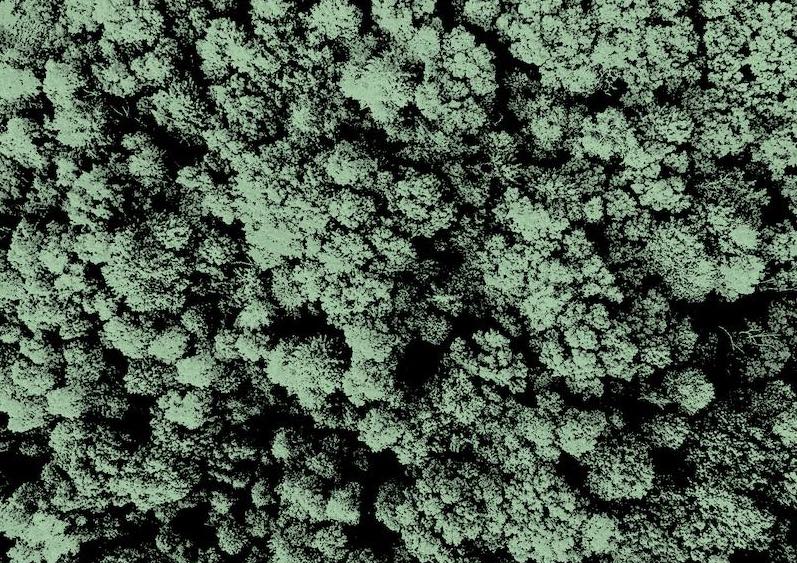What is it about?
The development of the field of Historical Archaeology in Mexico has made many advances since the inception, in effect, of its practice there in the 1960s. The roots of Historical Archaeology in the Central Mexican Symbiotic Region in general and in the Basin of Mexico in particular are discussed. Specific case studies illustrating some of the Historical Archaeology that has been done in the area are referenced with particular note of some of the diagnostic materials that have been valuable to the studies. The value of these studies to the record of post-conquest Mexico is noted as are the prospects for continued research in the area.
Featured Image
Why is it important?
Historical archaeology in the Basin of Mexico and the CMSR is an evolving sub-field and will become of greater importance in the future. It should be possible through urban historical archaeology to document the sequence and kinds of Hispanic institutions, the expansion of the population, the level of health of the people, and changes in urban planning, as well as to determine changes within the urban infrastructure. At the same time ethnic and social correlates of housing and ceramics should be visible.
Perspectives
Writing this article with Cynthia Otis Charlton was an important opportunity to present information we processed during 20 year with the late Thomas H. Charlton, who was our mentor.
Patricia FOURNIER
Instituto Nacional de Antropologia e Historia
Read the Original
This page is a summary of: HISTORICAL ARCHAEOLOGY IN THE BASIN OF MEXICO AND THE CENTRAL MEXICAN SYMBIOTIC REGION: DEVELOPMENT, PRESENT STATUS, FUTURE PROSPECTS, Ancient Mesoamerica, January 2015, Cambridge University Press,
DOI: 10.1017/s0956536115000231.
You can read the full text:
Contributors
The following have contributed to this page







